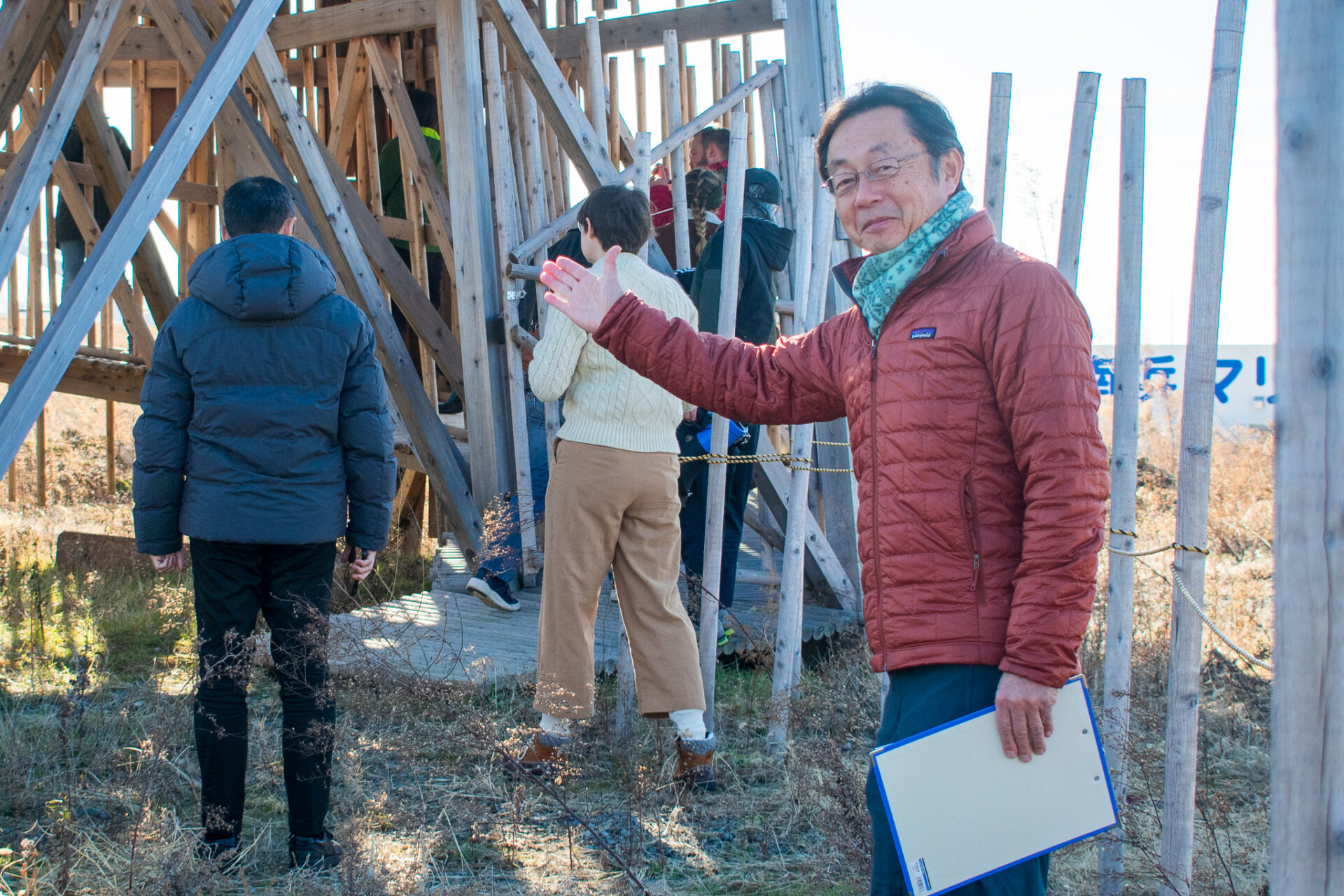
Connecting Through Tourism:Lessons from the Ishinomaki Earthquake and the Spirit of its People

斎藤 雄一郎
Yuichiro Saito
Ishinomaki [Miyagi]
Saito Yuichiro
Born in Tokyo. Executive Director at Ishinomaki Tourism Promotion Organization (Ishinomaki DMO). After the Great East Japan Earthquake, he was appointed head of the reconstruction support office at Sumitomo Dainippon Pharma Co., Ltd. (now Sumitomo Pharma Co., Ltd.), where he was involved in dispatching pharmacists. Later, he was dispatched to Ishinomaki City Hall as a reconstruction support specialist by appointment from the Ministry of Internal Affairs and Communications, where he worked to establish a DMO to revitalize the Ishinomaki area through tourism. Currently, he has moved to Ishinomaki and, as the head of the DMO, proposes tourism experiences unique to Ishinomaki, including disaster prevention education and tours of disaster remains.
Mr. Saito was appointed by the pharmaceutical company he worked for to head the Reconstruction Support Office immediately after the Great East Japan Earthquake and was dispatched to Ishinomaki. He moved his base from Tokyo to Osaka and began shuttling between Osaka and Ishinomaki. Starting with dispatching pharmacists, he continued supporting the region and conducting oral histories, realizing that 12 years had passed. Now residing in Ishinomaki, he is actively working to revitalize the area through tourism, incorporating tours that convey the unique stories of the disaster-stricken region. We asked Saito, who has witnessed the region's recovery firsthand, what he hopes to pass on to the future.
Getting Involved with Ishinomaki Due to the Great East Japan Earthquake.
“My Mission is to Protect Lives.”
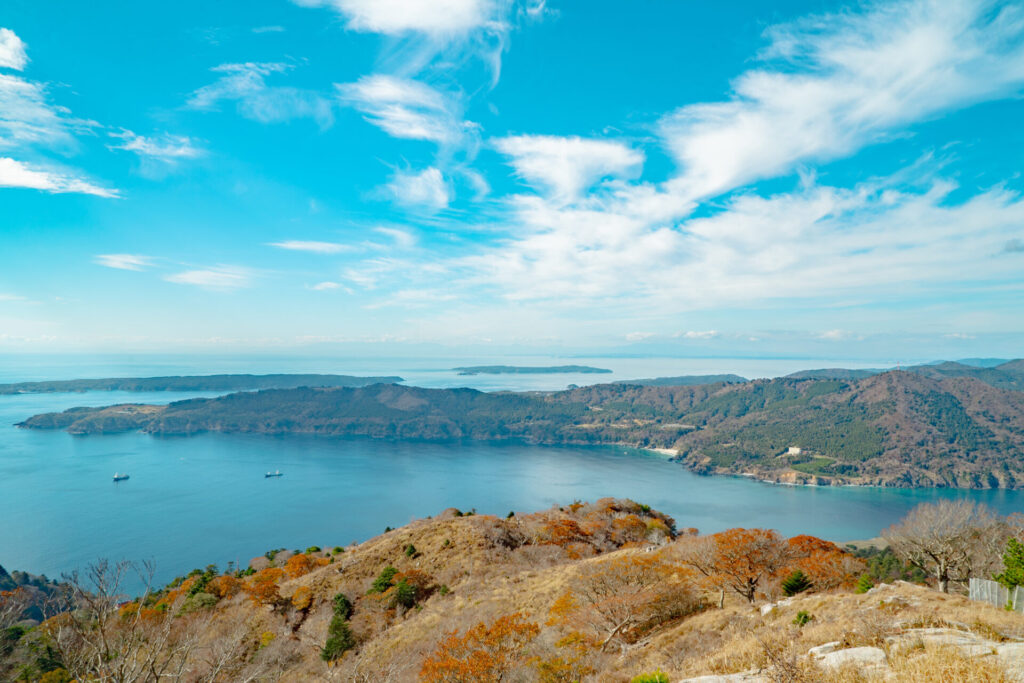
“It has been 12 years since I left my hometown of Tokyo to get involved with Ishinomaki. When I was working for a company, I was transferred from one place to another, but the longest I stayed in one place was about five years. Before I knew it, my life here has become the longest.”
So says Saito Yuichiro, Executive Director of the Ishinomaki Tourism Promotion Organization (Ishinomaki DMO) (*1). He is actively involved in discovering regional attractions and planning tours to bring people to the Ishinomaki area, which comprises Ishinomaki City, Higashi-Matsushima City, and Onagawa Town in the northeastern part of Miyagi Prefecture.
“Before I knew it, Ishinomaki City, with a population of 130,000, had become a town full of acquaintances. Without a doubt, this is my second hometown.”
Saito’s involvement with Ishinomaki began with the Great East Japan Earthquake in March 2011. At the end of that month, just after planning the next year’s business plan as the Tokyo branch manager of a pharmaceutical company, he received a call from the head office.
“The company decided to engage in reconstruction support for a year and want you to go on-site.”
It was a request from the Miyagi Pharmaceutical Association to dispatch employees with pharmacist qualifications to the site. Saito was appointed as the head of the reconstruction support office.
“I was honestly surprised when I was appointed by the company, but at that time, many employees wanted to go to the site as volunteers, so I was determined to do it. First, to grasp the situation on the ground, I visited Ishinomaki.”
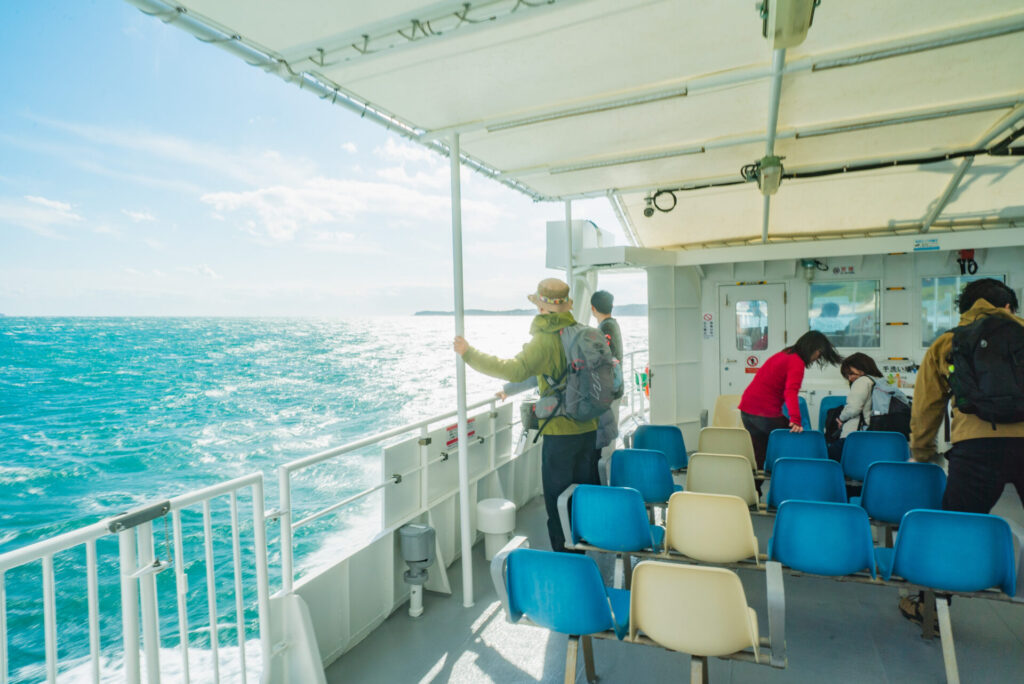
Saito hurriedly flew to Sendai on a temporary flight from Haneda. Sendai Airport was still closed, and only a small hut stood beside the runway. Although he had seen it in videos, he realized the severity of the situation when he saw the airport’s devastation firsthand.
Saito then moved his base to the reconstruction support office at the Osaka head office and began setting up a support system while commuting to Ishinomaki. The primary goal was “to deliver medicines smoothly to local doctors.” He created a system where 200 pharmacists gathered from within the company were divided into teams of three and dispatched for one week each. Additionally, he set up a satellite office in the branch offices in Sendai, secured a van for transportation, and loaded it with food, water, mobile phones, and portable toilets, in addition to medicines, to ensure the safety and life of the employees.
“We were groping in the dark at first, but we couldn’t afford to leave any gaps. In the early days, I was busy managing medicines and dispatching pharmacists.”
Amid frequent aftershocks, Saito himself frequently visited medical sites and evacuation centers. The roads, once bustling with people and cars, were now strewn with ships washed ashore by the tsunami, making travel difficult. In the evacuation centers, he saw victims lying in the cold gymnasiums.
“Seeing them like that was heartbreaking. Handling medicines is a mission to protect human lives. I felt strongly that this was our duty.”
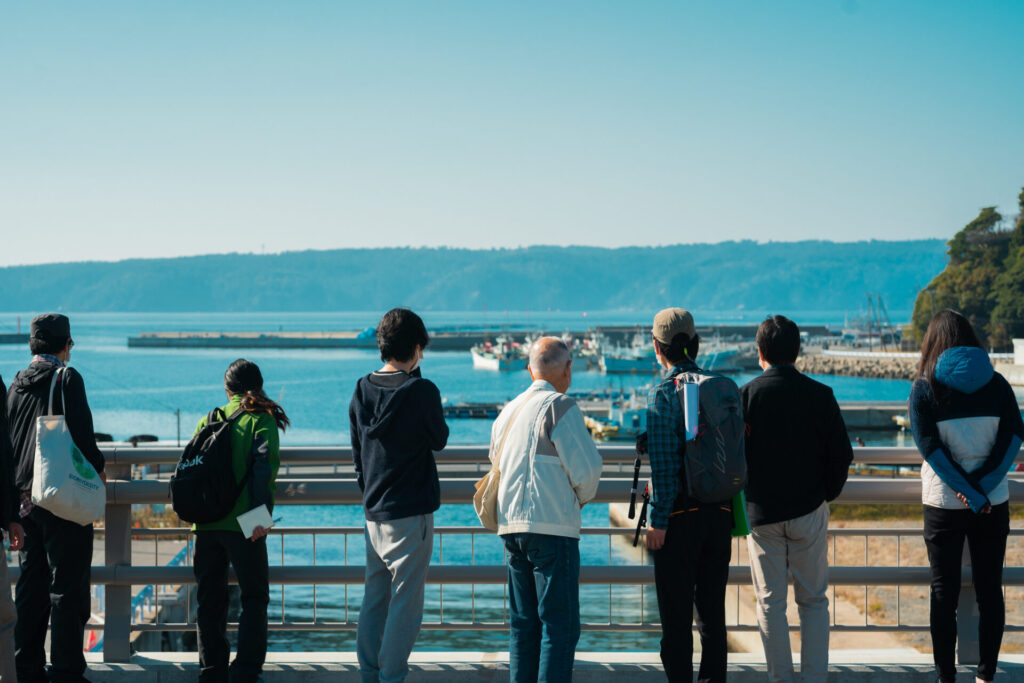
Later, the company also recruited general volunteers and sent them to various affected areas. Employees with radiation technology took the lead in decontamination work.
As the frantic year ended, the company officially positioned reconstruction support as part of its CSR (*2) activities. Although his role changed, Saito continued to support the affected areas, building connections with local people. As time passed, the support activities gradually expanded to include regional support. One memorable volunteer activity was helping the residents of Okuma Town, who had evacuated to Aizuwakamatsu City due to the Fukushima Daiichi nuclear disaster.
“We helped with a joint sports day for kindergarten, elementary, and junior high school students. We provided all the supplies since they couldn’t bring anything from their original schools. We handmade flags and prepared lunches for everyone. I still remember the children’s and locals’ cheers vividly.”
In October 2013, with human support settling down, Saito was newly appointed as a reconstruction support specialist for Ishinomaki City. It was an initiative by the Ministry of Internal Affairs and Communications to dispatch employees from private companies to affected municipalities for at least three years.
“It had been a year and a half since I started supporting Ishinomaki, and then another three years. I felt my life was moving in a different direction. But thinking back, I felt it was my responsibility.”
(*1) DMO: Destination Marketing/Management Organization, an organization that collaborates with local stakeholders to develop tourism regions.
(*2) CSR: Corporate Social Responsibility, where companies address social issues as part of their organizational activities to fulfill their social responsibilities.
Support Evolved into “Tourism.”
Deciding to Move to Ishinomaki to Avoid Regrets.
Having experienced the Boy Scouts since elementary school and learning the significance of social service, Saito had always wanted to contribute to the community after retiring from the pharmaceutical company.
“In fact, I thought it might be good to get involved in developing countries through Senior JICA as a second career. So, in a different form, I stayed in Ishinomaki with the desire to be helpful to others.”
As a reconstruction support specialist, Saito was first assigned to the Secretary and Public Relations Division at Ishinomaki City Hall. His task was “oral history,” which involved directly interviewing disaster victims and stakeholders to record the earthquake’s history. Unlike before, this involved looking into the inner feelings of the victims. With a camera in hand, Saito resolutely visited the victims.
“Many people choked up and couldn’t stop crying. I realized that it would take a long time for their emotional recovery. The most painful thing was that I myself had not been affected by the disaster. No matter what, it was difficult to fully understand their feelings.”
As he dedicated himself to his daily work with care, the city of Ishinomaki visibly recovered. Along with that, Saito’s role as a reconstruction support specialist shifted to “tourism.” During this period, the population of Ishinomaki was declining, and there was a need to reassess the region’s value. The ultimate goal was to establish the Ishinomaki DMO.
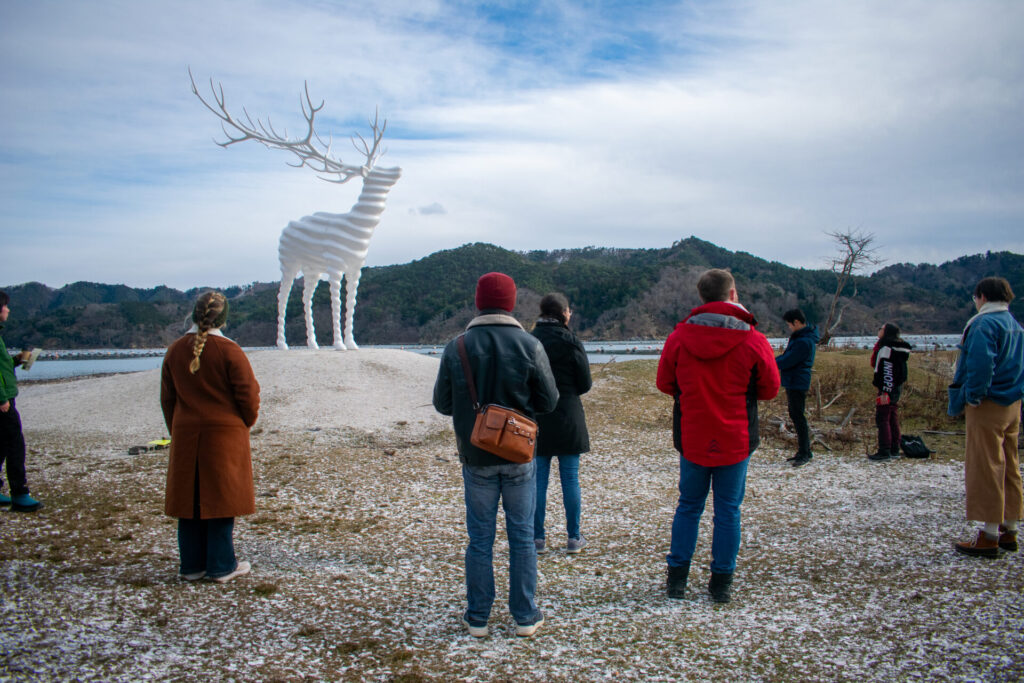
“I think tourism is an extension of reconstruction support. By attracting tourists from both domestic and international sources and revitalizing the region, the recovery can gain further momentum. Therefore, we repeatedly considered what we wanted people to see and feel in Ishinomaki. Finally, when the DMO took shape and was about to start, no one stepped up to take the helm. At that time, I was about six months away from retirement. I thought I had to do it at least until it was on track, so I decided to retire early and settle in Ishinomaki. I also felt that leaving at that moment would leave me with regrets.”
During the Great Hanshin-Awaji Earthquake in his 30s, Saito worked at the Morioka branch and visited Iwate Medical University but regretted not accompanying the doctors heading to the disaster area. That regret led him to choose to become a part of Ishinomaki.
Experiences Unique to Ishinomaki.
Conveying the City’s Journey and People’s Power.
Saito has started working full-scale to revitalize the Ishinomaki area through “tourism.” This region has long been a treasure trove of food, with agricultural products grown on the fertile land of the Sendai Plain and abundant seafood caught off Kinkasan, one of the world’s three major fishing grounds. Additionally, at the tip of the Oshika Peninsula extending offshore, there is Kinkasan, a sacred island said to ensure lifelong financial security if you visit three years in a row, and Tashirojima, known for having more cats than people, both of which are rich tourism resources appealing to domestic and international visitors. Furthermore, in 2019, the Michinoku Coastal Trail was completed, allowing people to trek 1,000 km from Soma City in Fukushima Prefecture to Hachinohe City in Aomori Prefecture, enjoying nature along the Pacific coast. Utilizing these environments, Ishinomaki DMO adds “experiences unique to Ishinomaki” as added value.
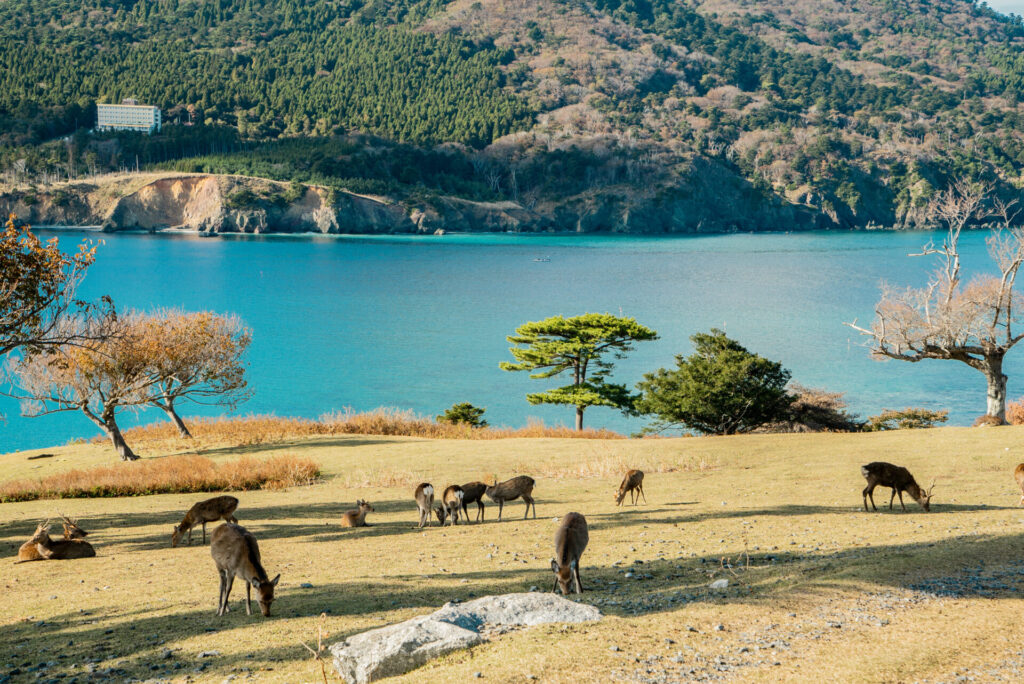
“In running the DMO, the earthquake is inseparable. Disaster prevention education cultivated from the earthquake and tours of disaster remains led by storytellers are indispensable. I want people to feel how Ishinomaki, the hardest-hit area of the Great East Japan Earthquake, has recovered along with the power of its residents who have overcome the disaster.”
Rich nature and rich food. By stepping into the region and getting to know its people, you can connect more deeply with Ishinomaki. Saito, who has built trust with the disaster victims by matching their pace and being considerate, is confident in this.
“The azure of the sea, the blueness of the sky, and the countless stars in the night sky. No matter what you choose, you can only experience it here. And the city’s journey as well. It may take some more time for Ishinomaki to be recognized as a tourist destination, but I want to nurture its goodness together with the local people.”
What Do You Want to Pass on to the Future?
Finally, we asked Saito what he wants to pass on to the future.
“For those who lost their lives in the earthquake, we must pass on what we experienced to the next generation, along with the beauty of Ishinomaki’s nature and the spirit of its people.”
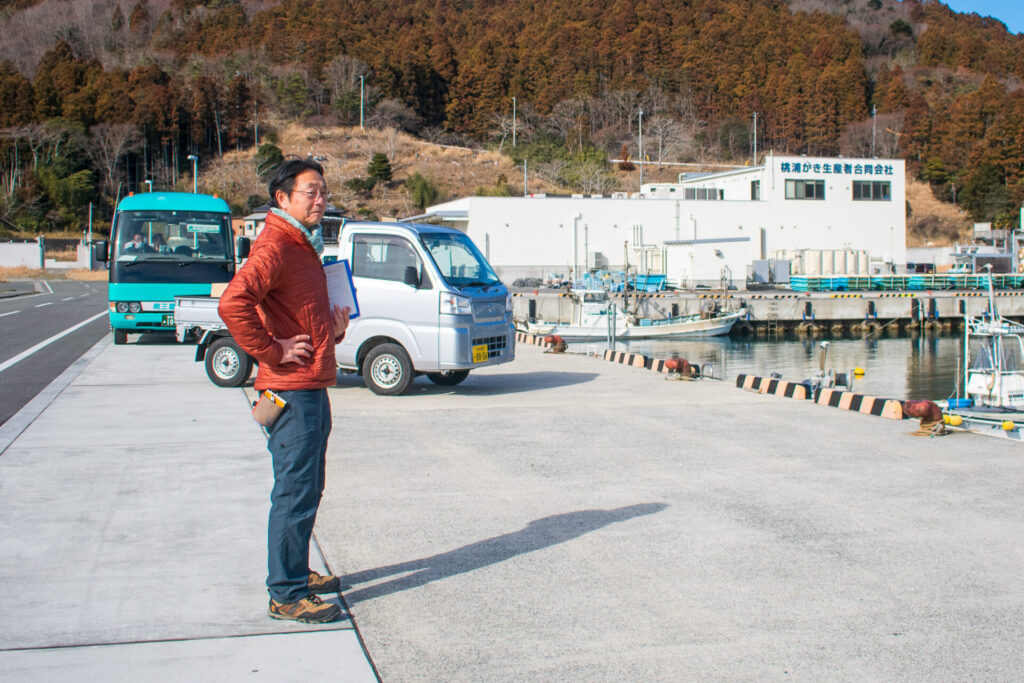
“Recently, there was significant damage from an earthquake and tsunami on the Noto Peninsula. The first thing I was concerned about was the extent of the tsunami damage and the life in evacuation centers. Having seen the recovery process here, I was concerned about whether the lessons learned were being applied. We must pass on our experiences to the next generation for those who lost their lives in the earthquake. Now, what I can do is convey it through tourism. To live my life without regrets.”
For me, the Great East Japan Earthquake is still something that exists in video footage. It’s true that I have always felt a sense of guilt about that. However, listening to Saito’s story, I felt that now, 12 years after the earthquake, there are ways to connect with the affected areas. The years of feeling that I must do something seem to be redeemed. I want to see the beautiful scenery, taste the delicious blessings, and hear the voices of the people of Ishinomaki.
